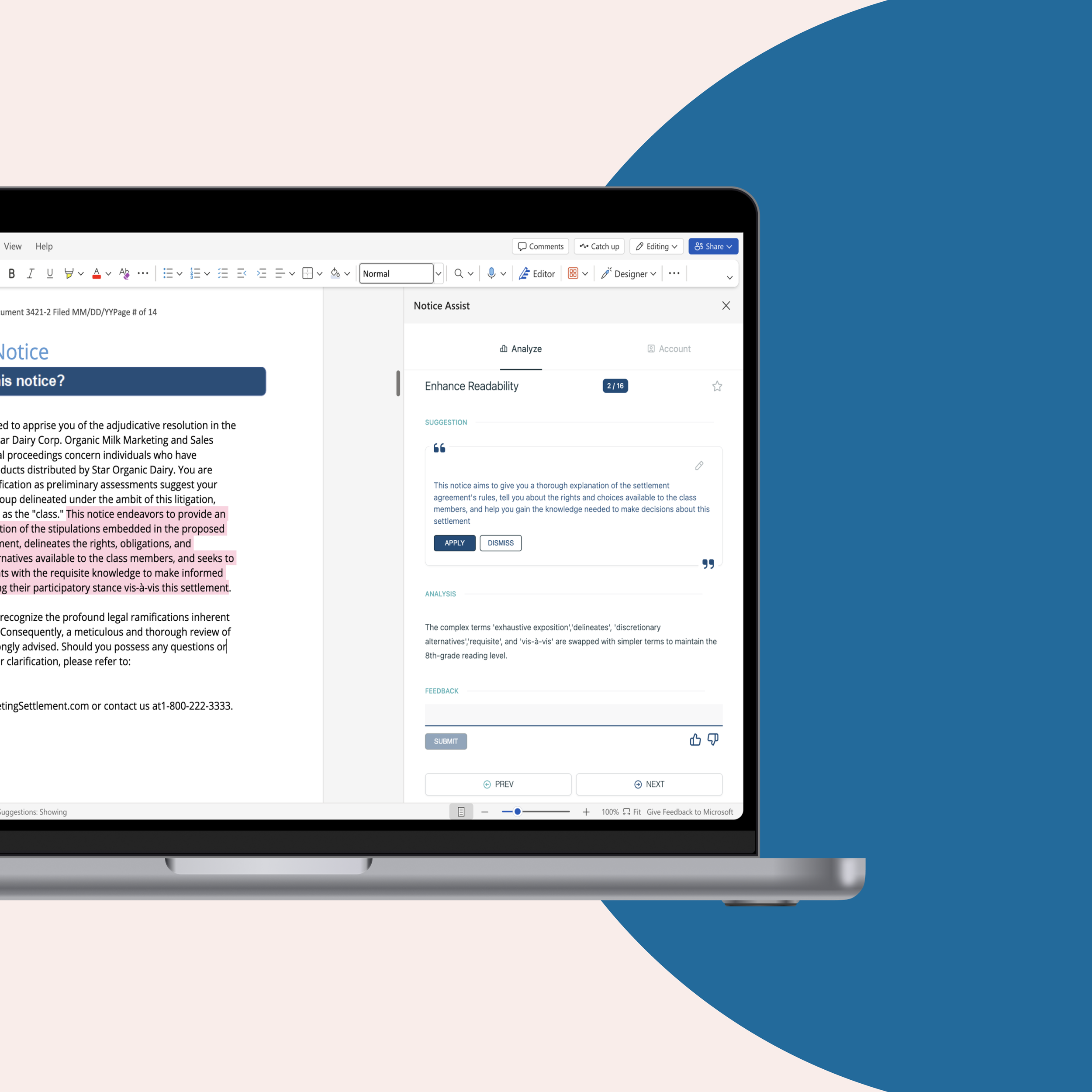TYSON FOODS V. BOUAPHAKEO: HAS THE SKY FALLEN?
Lindsay Nako - Director of Litigation & Training, The Impact Fund
Earlier this year, statistics made headlines as the subject of a new Supreme Court decision, Tyson Foods, Inc. v. Bouaphakeo. As Jocelyn Larkin described in her earlier blog post, employees working in the kill, cut, and retrim departments of a Tyson Foods pork processing plant in Iowa alleged that they had not been paid overtime for the time they spent putting on and taking off the protective gear required to do their dangerous jobs. At trial, the employees relied on “representative evidence” to prove liability – an observational study that resulted in an estimated average “donning and doffing” time for each department. A jury awarded the class of employees about $2.9 million in unpaid wages.
The Supreme Court accepted Tyson’s appeal and agreed to consider two questions:
1. Whether a class action could be certified under Rule 23(b)(3) or the Fair Labor Standards Act where liability and damages would be determined in part by a statistical analysis of observed samples; and
2. Whether a class action could be certified where some members of the class may not have been injured.
Both sides of the “v” were nervous to have the Court wading back into the statistics pool. The U.S. Chamber of Commerce accused the district court of failing to conduct a rigorous analysis and painted a picture of a few named plaintiffs acting on behalf of a large number of uninjured class members. “All too often,” the Chamber wrote in its amicus brief, “sweeping, poorly formed class actions benefit only enterprising lawyers and their experts.” The National Employment Lawyers Association and its fellow amici pointed to the “multiplicity of often duplicative cases and trials” that occur when FLSA collective actions are prematurely decertified.
When it finally came down, Tyson Foods was generally viewed as a plaintiff-friendly decision. Most remarkable was what the Court chose not to do. Rather than limit the statistical analyses that could be accepted to show the predominance of common questions under Rule 23(b)(3) or to estimate damages, the Court maintained, “Whether and when statistical evidence can be used to establish classwide liability will depend on the purpose for which the evidence is being introduced and on ‘the elements of the underlying cause of action.”
In just the last few months, there have already been a number of decisions citing Bouaphakeo, including rulings from the Fifth, Eighth, and Ninth Circuits. What have we learned?
1. Tyson Foods didn’t change the predominance analysis. In Vaquero v. Ashley Furniture Industries, Inc., the Ninth Circuit found Tyson Foods to be consistent with its circuit precedent: “Under Tyson Foods and our precedent, therefore, the rule is clear: the need for individual damages calculations does not, alone, defeat class certification.”
2. But Tyson Foods has made it harder to for defendants to rely on a broad reading of Wal-Mart v. Dukes and the specter of “trial by formula.” The Ninth Circuit and the Northern District of California have issued multiple decisions referencing the Court’s distinction of Wal-Mart v. Dukes. In Vaquero, the Ninth Circuit directly quoted the Supreme Court’s statement that “Wal-Mart does not stand for the broad proposition that a representative sample is an impermissible means of establishing classwide liability.”
3. A statistical analysis is more likely to be accepted as evidence of predominant common questions if it would be relevant in individual lawsuits brought by class members. In Crutchfield v. Sewerage & Water Board of New Orleans, the Fifth Circuit focused on the Supreme Court’s language that “a common question is one where ‘the same evidence will suffice for each member to make a prima facie showing [or] the issue is susceptible to generalized, class-wide proof.”
4. The fact that some issues will have to be tried separately does not eliminate predominance under Rule 23(b)(3). In Day v. Celadon Trucking Services, the Eighth Circuit relied on the Supreme Court’s finding that “the action may be considered proper under Rule 23(b)(3) even though other important matters will have to be tried separately, such as damages or some affirmative defenses peculiar to some individual class members.”
Recent cases confirm that Tyson Foods v. Bouaphakeo did not herald a sea change with regard to statistical evidence in class actions. But the decision has gone a long way to protect class and collective actions from further erosion.











